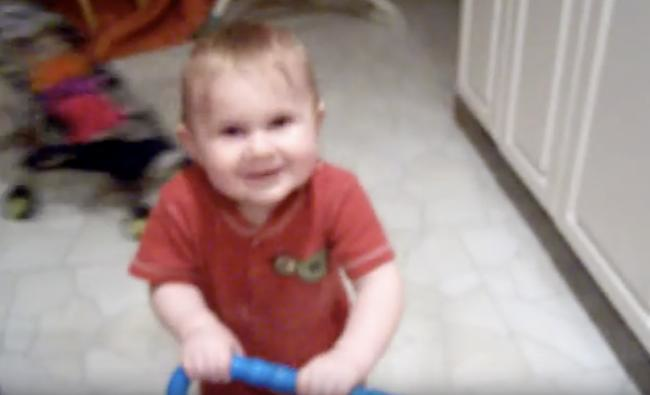WASHINGTON: The US Supreme Court on Monday declined to hear a closely watched copyright dispute known as the “dancing baby” case over a company’s move to take down a home video posted online showing a toddler joyfully bouncing to the late pop star Prince’s song “Let’s Go Crazy.”
The case pitted a Pennsylvania woman, Stephanie Lenz, against record company Universal Music Group (UMG), the Vivendi SA-owned unit that enforces Prince’s copyrights. She sued UMG after it directed the video-sharing website YouTube to remove a 29-second video she had posted in 2007 that showed her 13-month-old son dancing to the 1984 song.
The high court left in place a mixed September 2015 ruling by the San Francisco-based 9th US Circuit Court of Appeals.
The legal question focused on whether copyright holders can face damages if they wrongly direct someone to take down content posted online that is protected by the “fair use” doctrine, which allows the use of copyrighted material in some circumstances without the permission of the rights holder.
The appeals court decision could make it harder for copyright holders to remove content that they feel infringes upon copyright-protected works by invoking the Digital Millennium Copyright Act, a 1998 federal law intended to curb movie and music piracy online. Critics contend that abusive takedown notices can suppress the freedom of speech guaranteed under the US Constitution.
Lenz said that when she posted the video that was recorded in her kitchen she thought her family and friends would enjoy seeing the toddler, who had just learned to walk, dance as well. The boy, wearing a red outfit and a happy expression, is seen bouncing to the music while pushing a wheeled walking toy.
But the UMG persuaded YouTube to remove Lenz’s video, citing a good faith belief that the video was unauthorized. Lenz had the video restored, and sued the UMG over the takedown notice, seeking damages.
A US district court in California ruled partly in Lenz’s favor. The ruling was upheld by the 9th Circuit. The 9th Circuit said there can be liability if a copyright holder “knowingly misrepresented” in a takedown notice that it had a good-faith belief that a video “did not constitute fair use.” But that decision also said courts should defer to a copyright holder who has a “subjective good-faith belief” to the contrary.











